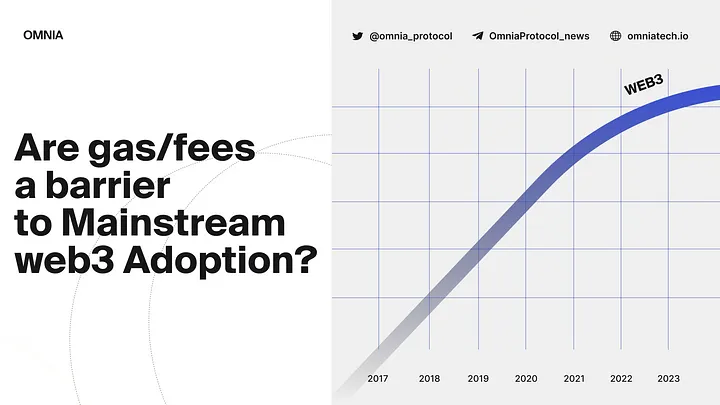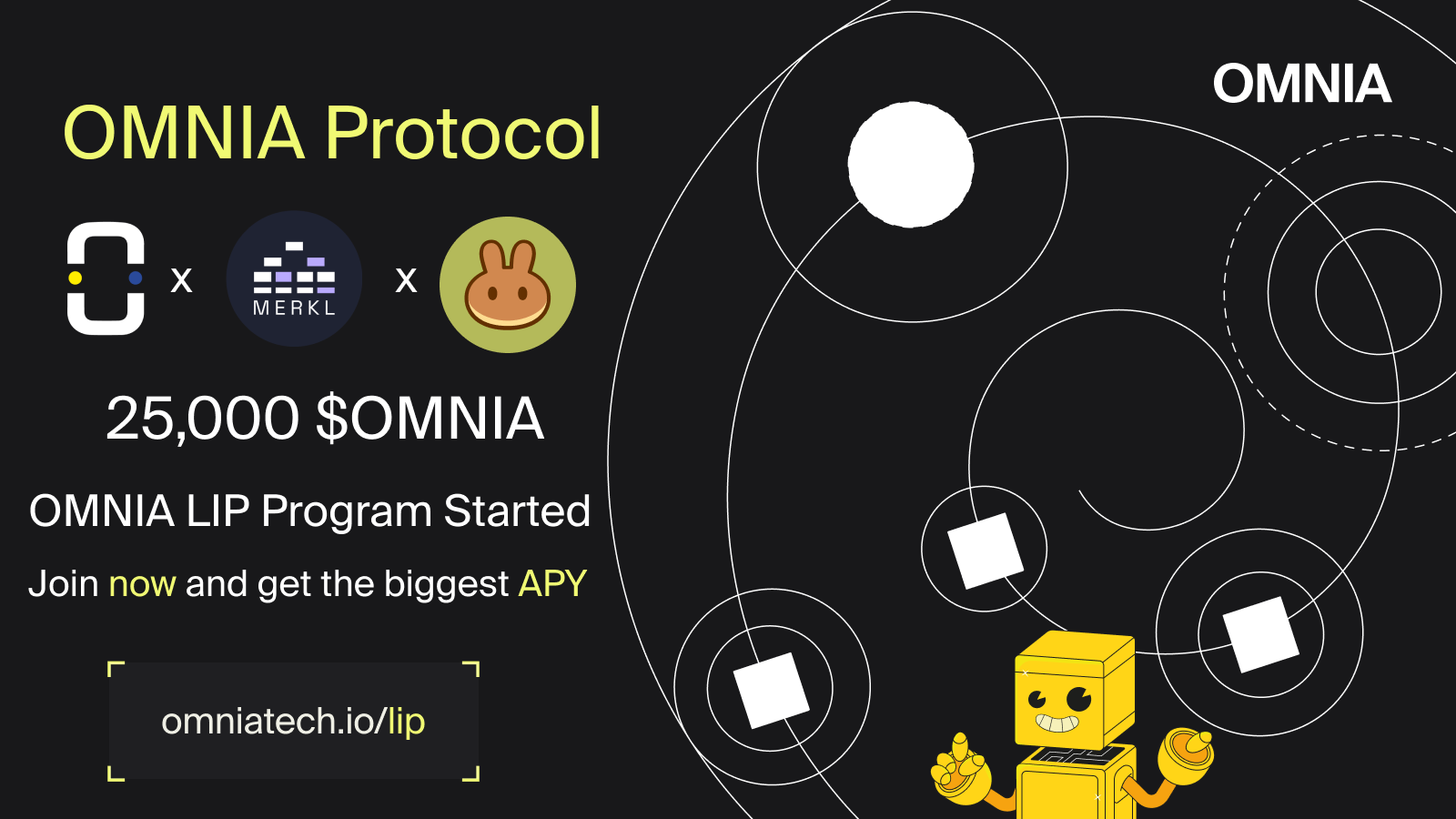
Are gas fees a Barrier to Mainstream Blockchain Adoption?
Blockchain network transaction fees are designed to operate using the traditional supply and demand theory. More so for proof-of-work blockchains such as Bitcoin, Ethereum, Ethereum Classic, and Litecoin. The more crypto users transact on the respective blockchains, the higher the transaction fees since users rush to attract the attention of miners who will verify and complete their transactions.
Ethereum Recently Implemented EIP1559 to Manage Transaction Fees
Such a model of users catching the attention of miners by paying higher fees can result in a scenario where the cost of one transaction can get ridiculously high, thus preventing some users from transacting on the network or opting to stay away from it entirely until fees taper down.
For example, on June 10th, 2020, an Ethereum user spent 10,668 ETH in transaction fees to send 0.55 ETH. The same address sent 350 ETH and paid a similar amount in fees on the following day.
Whether a mistake or a case of potential money laundering, the two transactions ignited the discussions of having a mechanism to cap the amount paid as fees on the Ethereum network through EIP1559.
The latter Ethereum Improvement Proposal (EIP) was implemented on August 5th, 2021, during the London hardfork. EIP1559 added a base fee, or minimum fee, which is to be decided by protocol according to network congestion. A priority fee, or tip, is added and set by Ethereum users to incentivize miners to process transactions. The base fee is also destroyed during each transaction.
But Ethereum Gas Fees Are Sometimes High
However, the implementation of EIP1559 did not completely solve the issue of high gas fees on the Ethereum network. All it did was make the process more predictable and allow Ethereum users to set transaction fees that they were comfortable with, regardless of when they would be processed.
But the fluctuations of gas fees on Ethereum become a problem when trading with urgency on decentralized exchanges or participating in NFT mints during peak periods of user demand.
One good example is the recent Otherdeed NFT mint carried out by the Bored Ape Yacht Club (BAYC) project. The event ‘broke’ Ethereum by causing network congestion for at least three hours, with some BAYC community members paying up to $7,000 in gas fees.
According to the team at Glassnode, the median gas fee per transaction during the mint was $4,830. Furthermore, $176.66 million was paid in gas fees during the entire OtherDeed NFT mint.
The spike in Ethereum gas fees during the BAYC Otherdeed mint between April 30th and May 1st is captured in the chart below, courtesy of Messari. From the chart, it can be observed that the average gas fee during the two days was around $2,800.
Average Ethereum gas fee for the last 90 days. Source, Messari
High Fees on Ethereum are Not a Regular Occurrence
With the examples mentioned above, particularly the scenario during the BAYC Otherdeed mint, it can be loosely concluded that high gas fees have the potential of hindering rapid DeFi and NFT adoption, at least on Ethereum.
Users of Ethereum who were not fortunate to buy ETH in massive amounts a few years ago when it was at $100 or lower cannot wrap their minds around the idea of parting with such a considerable sum in fees that is almost the equivalent of 1 ETH or 2 ETH right now. (ETH is currently trading at $2,034).
However, at the time of writing, gas fees have stabilized to under a dollar, thus pointing to another fact that Ethereum only suffers congestion during peak periods of demand due to popular events, as was the case with the BAYC mint.
This, in turn, means that Ethereum transactions are affordable during other times. EIP1559 is also working as envisioned in providing predictability of fees and stabilization soon after events of increased network demand.
Ethereum Address Growth is a Measure of Adoption
So how can the adoption rate of Ethereum be measured?
The easiest way to get a clear picture of the adoption rate on Ethereum is to observe the unique address growth on the network.
The chart below, courtesy of Etherscan, further shows that the growth of unique addresses on Ethereum continues to grow at a stable rate despite the notable instances of high transaction costs.
The experiences of congestion and high gas have not dampened the entrance of new participants into the network. If this were the case, the chart would have plateaued, indicating stagnation in user growth.
Similar Unique Address Growth Identified on the Binance Smart Chain and Tron
Similarly, unique addresses on other blockchain networks currently exhibit similar growth since they offer lower transaction fees and are built to circumvent some of the hurdles Ethereum has undergone over the years.
The charts below further demonstrate that the growth of unique addresses on the Binance Smart Chain and Tron is constant despite these networks being less popular than Ethereum.
Unique addresses growth on the Binance Smart Chain. Source, BSCScan.com
Unique address growth on Tron. Source, TronScan.org
Unique Addresses on the Binance Smart Chain and Tron are Catching Up to Those on Ethereum
To note is that the growth of unique addresses on the Binance Smart Chain indicates that they are catching up to Ethereum in this metric. The Binance Smart Chain has 162 million unique addresses, whereas Tron has 92.8 million. Unique addresses on Ethereum currently stand at 196 million.
Ethereum 2.0 Introduces Proof-of-Stake and Sharding
Alternative blockchain networks, such as the Binance Smart Chain, and Tron, have often been nicknamed ‘Ethereum Killers’ while, in reality, they all complement each other to drive blockchain adoption.
Additionally, the BSC and Tron each operate through a proof-of-stake mechanism (or a variation of it) that will soon be a part of Ethereum 2.0 once the Merge of the Beacon Chain and the Mainnet occurs sometime this year.
With Ethereum 2.0, high gas fees on the network could potentially reduce, given that the new iteration of the network is meant to introduce the scaling solution known as sharding. Once sharding is introduced, congestion will potentially be a thing of the past, and so will the periodic high cost of transacting on Ethereum.
OMNIA’s Choice to Use the Ethereum ERC20 Standard for Its Token
The question of high gas fees also touches the OMNIA protocol in the sense that the team has selected Ethereum’s ERC20 standard to issue its token. The choice implies that the token will be affected by periods of congestion and high fees on Ethereum at its current state as a proof-of-work network.
But the probability of congestion and high gas fees affecting OMNIA will most likely reduce with the transition to Ethereum 2.0, which is designed to scale through sharding and utilize a proof-of-stake algorithm.
The OMNIA team’s decision to use the ERC20 token standard is primarily based on its time-tested security and stability properties when interacting with smart contracts on the Ethereum blockchain.
In addition, ERC20 issued tokens have the added benefit of having a fixed hard cap during issuance. Developers cannot return to the issuing contract to increase or reduce the number of tokens in circulation.
Conclusion
Summing it up, the highly publicized instances of high gas fees on the Ethereum network can lead to a potentially inaccurate conclusion that they significantly affect the adoption rate of crypto and blockchain.
On the other hand, the growth of unique addresses on the Ethereum network reveals an entirely different picture. New addresses continue being created, and the rate is yet to hit a plateau phase to warn that users are no longer interested in the network due to high fees.
Similar growth of unique addresses has also been identified on the blockchain networks of the Binance Smart Chain and Tron.
Additionally, Ethereum is transitioning into a proof-of-stake algorithm that will introduce scaling through sharding. Consequently, high gas fees will potentially be a thing of the past, and so will the narrative that such high fees are currently hindering crypto and blockchain adoption.
Concerning OMNIA, the team has selected Ethereum’s ERC20 standard to issue its token due to its time-tested security and stability properties. Therefore the OMNIA token will most likely be affected by periods of high gas fees and congestion on Ethereum as a proof-of-work network. These challenges are forecasted to reduce once the transition to Ethereum 2.0 is complete later this year.

